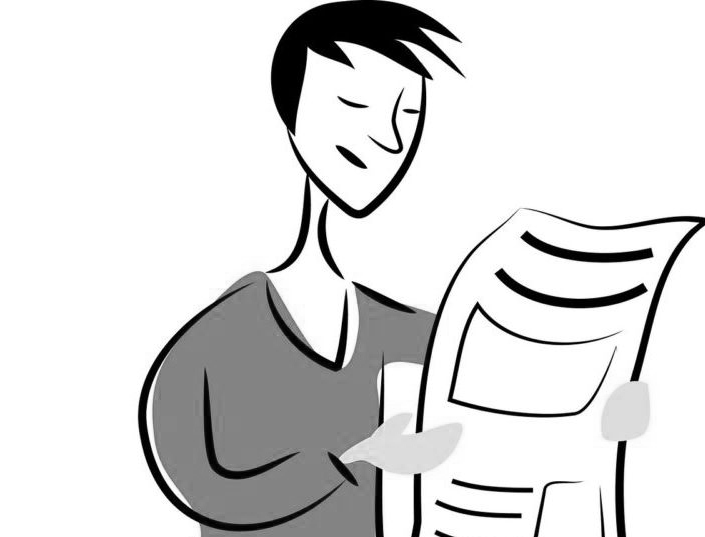Almost everyday, new discoveries and inventions take the headlines. Modern day living has caused our lifestyles to adapt to the radical changes brought about by advancement in science and technology. And along with these changes come stress and anxiety.
While change is inevitable, stress is our natural response to any changes in our environment. Normally, people develop anxiety whenever they encounter a situation that they have no control over; or a person or object that causes feelings of uneasiness and apprehension. People are often afraid, worried, or anxious over something that is unrecognized or unknown. That is why change is a major source of stress that causes bodily and mental tension — which eventually leads to anxiety.
Change poses a challenge let go of the past, especially the comfortable, old ways of doing things. Stress and anxiety are normal parts of everyday life. Both can motivate an individual to be productive and rise to the challenge of tough situations. However, too much stress and too much anxiety can be harmful and may cause physical, emotional, and psychological problems like infections, heart disease, and depression. However, it is important to realize that what can be stressful to one person may not necessarily cause an adverse effect on another person.
There is such a thing as a positive, good, and even beneficial form of stress. Good stress is something that helps a person prepare mentally, physically, and emotionally to confront a certain situation, person, or object. Stress can actually motivate a person to think, develop a strategy, and decide on an appropriate response or course of action. However, when this persists on a long-term basis, it will still cause emotional, physical, and health problems.
There is a difference between anxiety as a feeling or experience, and an anxiety disorder as a psychiatric diagnosis. A person may be anxious without having an anxiety disorder. In the same way, a person facing a clear and present danger or a realistic fear is not usually considered to be in a state of anxiety. In addition, anxiety frequently occurs as a symptom in other categories of psychiatric disturbance.
Anxiety may somehow be related to fear, but they are not the same thing. Fear is described as a direct, focused response to a specific event or object, and the person is consciously aware of it. When someone points a loaded gun at you, it is expected to feel fear. There is a recognition of fear when you are at the beach and you see a tsunami approaching. Anxiety, however, is usually vague and not focused. It is something that’s difficult to explain or find a specific cause. Anxiety may be experienced in the present but stem from an event or person that produced pain and fear in the past. The anxious person may not be consciously aware of the original source of the feeling.
To manage stress and anxiety, one must look at the world through new lenses. While there seems to be an illusion that you can manage change by controlling the world around you, on the contrary, change is most effective if it is managed from within.
As the cliché goes, …the only constant in life is change. Accept changes with an open mind and a plan. Look at problems in a different perspective. When you think of it as a situation that needs attention, you will be able to set up goals to improve it. Be flexible in the face of life’s everyday challenges. Have inner peace and live life one day at a time. Everyone needs time for woolgathering.

Change: Major Source of Stress and Anxiety
Please follow and like us:
More from AnxietyMore posts in Anxiety »
- Coronavirus And The Need of Sleep!
- A Very Useful Guide to Sleeping with Coronavirus Anxiety
- Yes, You Can Overcome Performance Anxiety In 24 Hours Or Less. Here Are 6 Things You Must Know FirstYes, You Can Overcome Performance Anxiety In 24 Hours Or Less. Here Are 6 Things You Must Know First

- Works From the True Masters of Fear and Anxiety
- Winning the War Within: High Anxiety Hits US Soldiers




